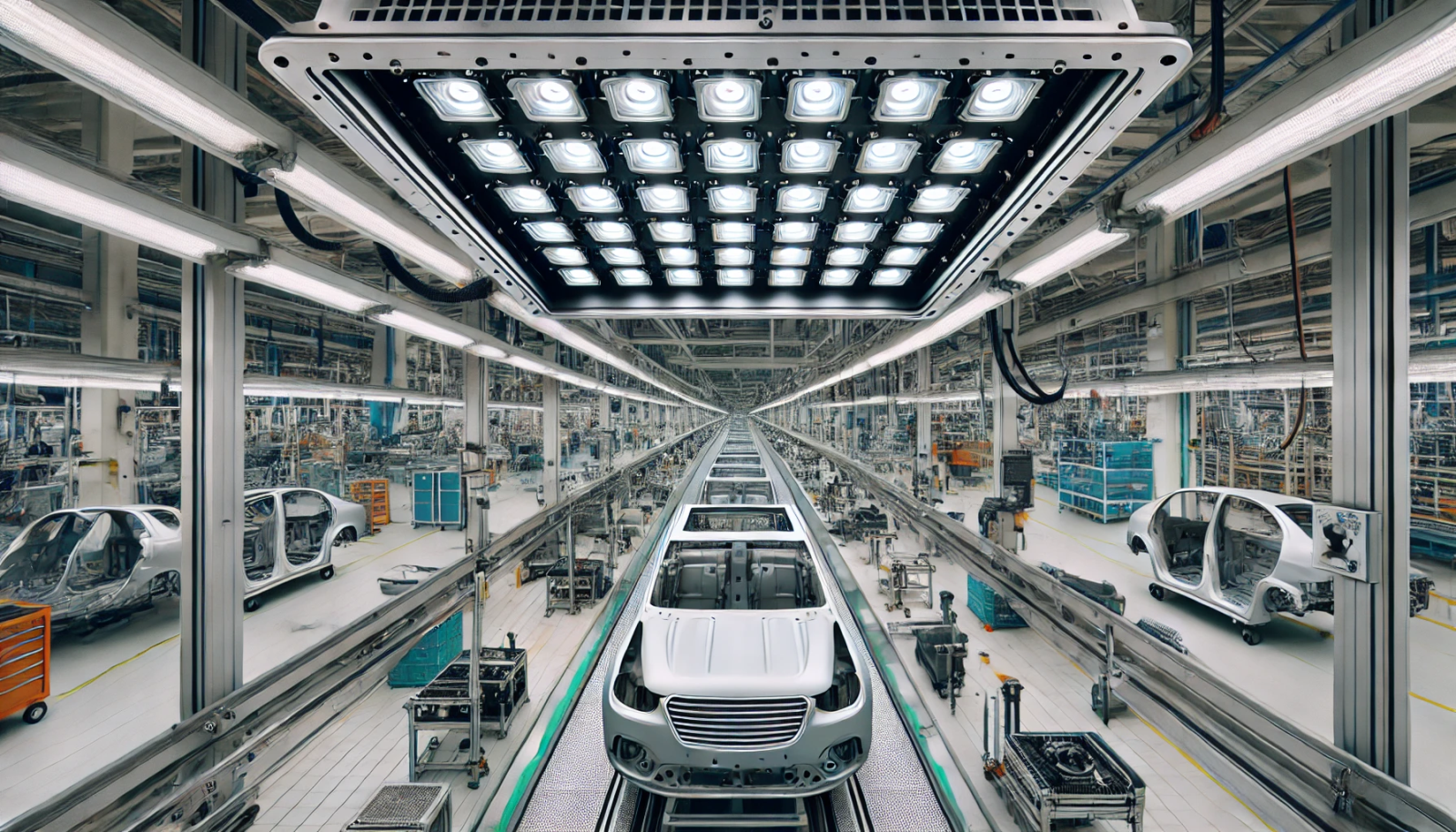Linear Area Lighting LAL140

Linear Area Lighting LAL140
LUDRE LINEAR AREA LIGHTING LAL MACHINE VISION IMAGE PROCESSING LIGHT
TECHNICAL SPECIFICATIONS
Lighting Color: 4000k, 6000K, Blue
Illumination Angle: 180°
Illumination Intensity: 5 k lm
Number of LEDs: 36
Input Voltage: 48 V
Input Current (15 µs): 20 Amps
Input Current (1 second): 10 Amps
Input Current (1 minute): 4 Amps
Input Current (continuous): 1.2 Amps
Dimensions: 140 cm x 63 cm x 4 cm
Stable Voltage Operation: No
Diffuser Option: No
PRION LINEAR AREA LIGHTING LAL MACHINE VISION IMAGE PROCESSING LIGHT
Designed as a linear area lighting solution, this model is ideal for applications requiring high light intensity and long working distances. Its unique structure allows multiple cameras to capture images from different angles, enabling precise analysis.
The lighting system features LEDs positioned at specific coordinates, which can be customized according to the requirements of the project. This flexibility ensures optimal light distribution for each application. With its high-intensity illumination and adaptable LED placement, it delivers superior performance in industrial vision systems.

| Application | |
| Engine Part Inspections | Material Strain Measurement |
| Packaging Inspections | Motion Detection |
| Medical Bottle Inspections | Product Counting |
| Food Package Inspections | Color Concentration Information |
| Surface Inspections | Coordinate Information |
| Microscopic Camera Applications | Particle Identification |
| Particle Imaging in Liquid | Cell Imaging |
| Particle Size Measurement | Machine Monitoring |
| Particle Counting | Image Processing |
| Machine Vision | Industrial Led Lighting |
| Cell Identification | Conveyor Line Lighting |
| Flame Length Measurement | Robot Vision Applications |
| Edge Detection | Industry 4.0 Applications |







